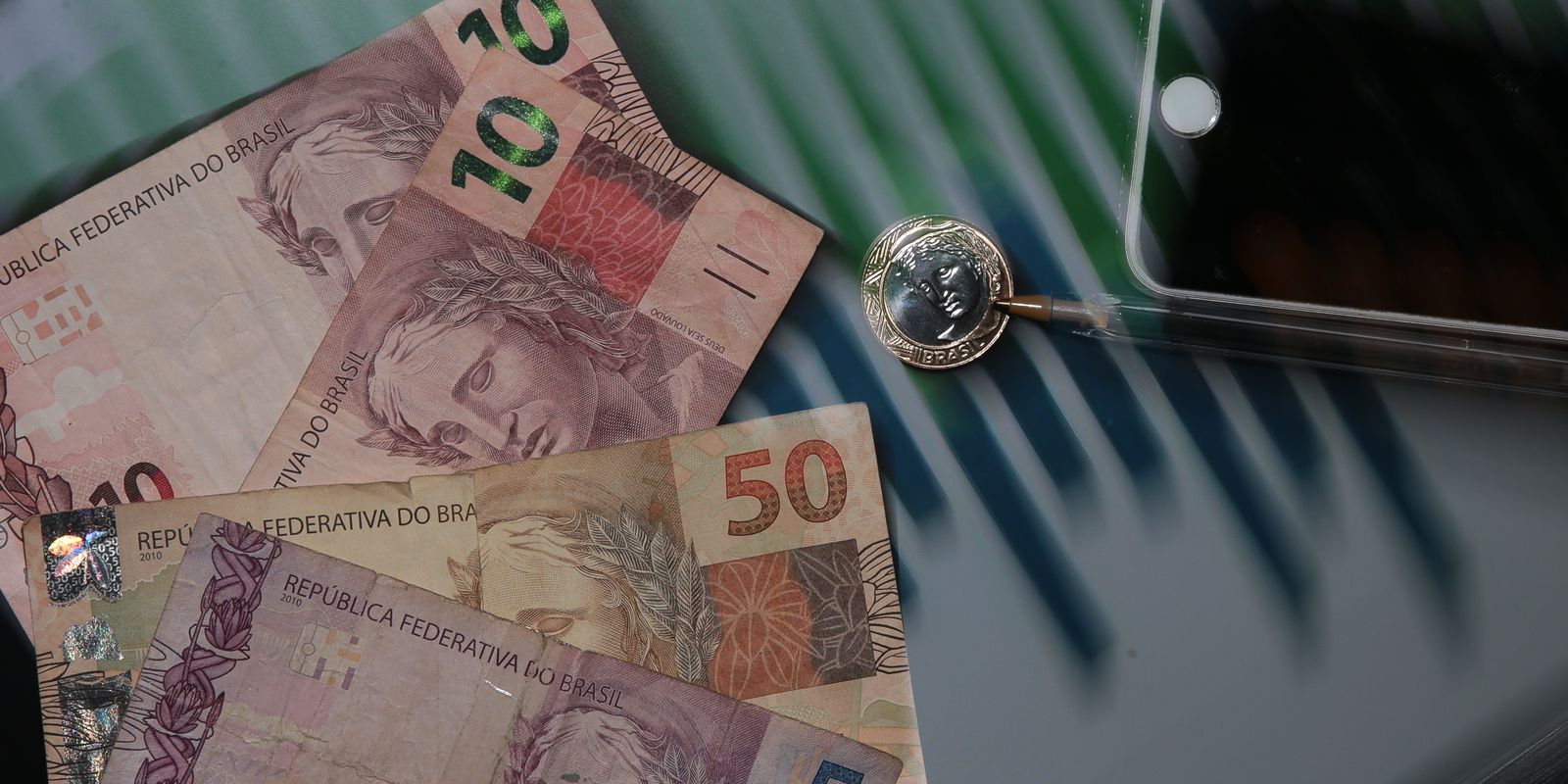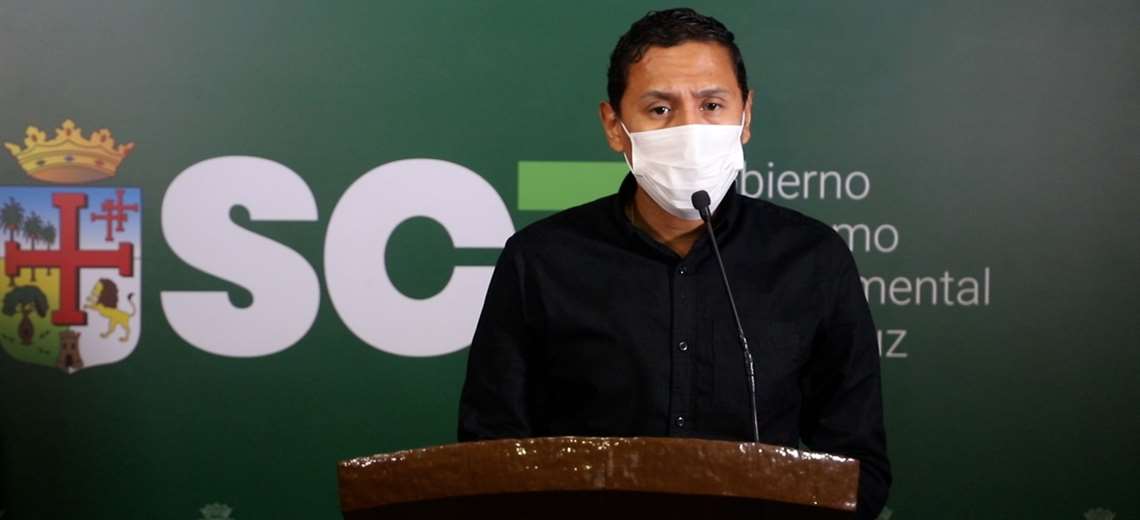The Economic Uncertainty Indicator (IIE-Br) dropped 6.4 points in April to 114.9 points (pts), the lowest level since January 2020 (112.9 pts), period prior to the covid-19 pandemic in the country . The index was released today (29) by the Brazilian Institute of Economics of the Getulio Vargas Foundation (Ibre/FGV).
According to Ibre/FGV economist Anna Carolina Gouveia, with the April result, the indicator returned to the pre-pandemic level for the first time since the beginning of the health crisis. “A level well below that of the worst moments of the crisis, but still high in historical terms. Convergence to this level occurs exactly two years after the worst moment of the crisis, and largely reflects the feeling that the pandemic would be under control”, she said, in a note.
The economist added that the result was also influenced by a less pessimistic view of the potential short-term impact of the conflict between Russia and Ukraine on the country.
The two components of the Uncertainty Indicator walked in opposite directions in April. The media component dropped 8.3 points to 113.6 points, the lowest level since February 2020 (113 pts). The drop in this component contributed negatively by 7.2 points to the aggregate index. “The expectations component, which measures the dispersion in expert forecasts for macroeconomic variables, rose 3.8 points to 114 points, positively contributing 0.8 points to the evolution of the IIE-Br margin,” FGV reported. .
“The trend of the IIE-Br for the coming months will depend on the continuity of the feeling of a return to pre-pandemic normality and on the unfolding of geopolitical tensions. Factors such as inflation and the presidential elections will also be on the radar in the coming months,” said Anna Carolina.
According to the economist, the increase in the Expectation component was motivated by the increase in the dispersion of forecasts by market specialists for inflation and the exchange rate.
“The Central Bank’s monetary policy of rising interest rates has strongly signaled its objective of containing inflation, but the rise in world prices, motivated by the pandemic and intensified by the war in Ukraine, may have influenced the greater heterogeneity of forecasts over the 12-month horizon. months. The external scenario, with topics such as the conflict in Ukraine, and the monetary policy of the United States, may also be influencing the greater dispersion of exchange rate forecasts.”









